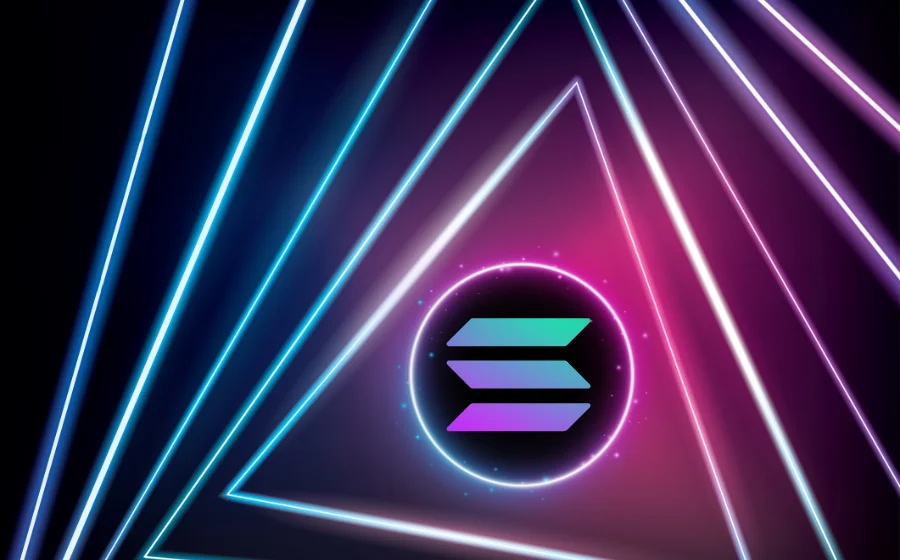
KEYTAKEAWAYS
- Funding Rate is a fee mechanism that keeps perpetual futures prices in line with spot prices by balancing long and short positions.
- Positive or negative rates reflect sentiment — when the market is bullish, longs pay shorts; when bearish, the reverse happens.
- Traders can earn from Funding Rate through spot-futures arbitrage, hedging price risk while collecting funding payments.

CONTENT
Learn how Funding Rate works in crypto trading, why it exists, how it reflects market sentiment, and how traders use it for arbitrage between spot and futures positions.
WHAT IS FUNDING RATE?
In crypto perpetual futures trading, the Funding Rate is a mechanism designed to keep contract prices closely aligned with spot market prices. It acts as a periodic fee exchanged between traders on opposite sides of the market — a tool to balance long and short positions.
✅ Here’s how it works:
- When the market is dominated by long positions (more people betting prices will rise), the Funding Rate turns positive. In this case, long traders pay funding fees to short traders.
- Conversely, when shorts are in control (more traders betting on price drops), the Funding Rate becomes negative, and short traders pay the fee to longs.
This setup increases the holding cost for the dominant side, discouraging market imbalance and reducing the risk of price manipulation. It helps ensure that the futures market doesn’t drift too far from the real, spot market price.
The basic formula for calculating the Funding Rate is:
👉 Funding Rate = Total Position Value × Funding Rate Percentage
For example, if you’re holding a $10,000 long position and the current Funding Rate is +0.01%, you’ll pay $1 to the short side each time the funding interval occurs (usually every 8 hours). This fee goes directly to traders on the opposite side — not to the exchange.
>>> More to read: What Are Crypto Spot & Futures Trading? Key Differences Explained
WHY DOES FUNDING RATE EXIST?
The core idea behind futures trading — especially perpetual contracts — is closely tied to a borrowing and lending model.
🔎 Let’s take Bitcoin as an example:
- Going long means a trader believes BTC will go up. They’re essentially borrowing USDT to buy BTC now at a lower price, expecting to sell it later at a higher price for profit.
- Going short means the trader believes BTC will go down. They borrow BTC to sell it for USDT now, aiming to buy back BTC later at a lower price and return it — pocketing the difference.
But here’s the catch: when most traders lean toward the same market direction (either long or short), it creates a growing price gap between futures and the spot market:
- When the majority go long, demand to buy BTC rises — driving the futures price above the spot price.
- When the majority go short, excessive selling pressure pushes the futures price below the spot price.
In traditional futures, expiry dates naturally help correct this gap. However, perpetual contracts have no expiry or settlement date — they can be held indefinitely. That’s where the Funding Rate comes in.
The Funding Rate serves as a built-in balancing mechanism. It discourages overcrowded positions by making the dominant side pay a recurring fee, incentivizing the weaker side to enter and help stabilize prices. This keeps the futures price closely aligned with the spot market — even in volatile or one-sided conditions.
>>> More to read: What Does Crypto Liquidation Mean? A Beginner’s Guide
FUNDING RATE & MARKET SENTIMENT
In crypto perpetual futures trading, Funding Rate is often seen as a reflection of overall market sentiment — particularly in relation to spot price trends.
Here’s the relationship:
- When spot prices are rising, Funding Rate tends to be positive.
- When spot prices are falling, Funding Rate usually turns negative.
However, it’s important to note: while price action can influence the Funding Rate, the reverse isn’t true — the Funding Rate itself does not directly affect the spot market.
📌 What Does a Positive Funding Rate Indicate?
A positive Funding Rate means long traders (those betting on price increases) are paying a fee to short traders. This typically signals bullish market sentiment — long positions dominate, and traders are willing to pay to maintain their exposure. It often reflects a strong belief that prices will continue to rise.
📌 What Does a Negative Funding Rate Indicate?
A negative Funding Rate shows that short traders (those expecting price drops) are paying a fee to longs. This suggests bearish sentiment is in play — short positions are crowding the market, and those traders are willing to incur costs to keep their positions open. In turn, long traders benefit from this imbalance.
In essence, Funding Rate is a sentiment-driven metric: it doesn’t predict the future, but it gives traders insight into how the majority is positioned — and where potential market stress points might emerge.
>>> More to read: What is Maker & Taker in Crypto?
HOW TO ARBITRAGE WITH FUNDING RATE
One common strategy to profit from the Funding Rate is known as spot-futures arbitrage. This approach involves opening opposing positions in the spot and perpetual futures markets to hedge price risk — while earning funding payments as yield.
📌 Positive Funding Rate Arbitrage
When the Funding Rate is positive, traders can profit by:
- Holding the crypto asset in the spot market (e.g., BTC).
- Opening a 1x short position in the futures market for the same asset.
In this setup, the trader earns the Funding Rate paid by long traders, while being price-neutral.
📌 Negative Funding Rate Arbitrage
When the Funding Rate is negative, the strategy flips:
- Sell the crypto you hold in the spot market.
- Open a 1x long position in the futures market.
Now, you’re receiving the Funding Rate paid by short traders, again with minimal exposure to market fluctuations.
This arbitrage model is widely used by market-neutral traders and funds, especially during times of extreme long/short imbalances.
>>> More to read: What is Crypto Arbitrage & How to Make a Profit?
▶ Buy Crypto at Bitget
ꚰ CoinRank x Bitget – Sign up & Trade!


















